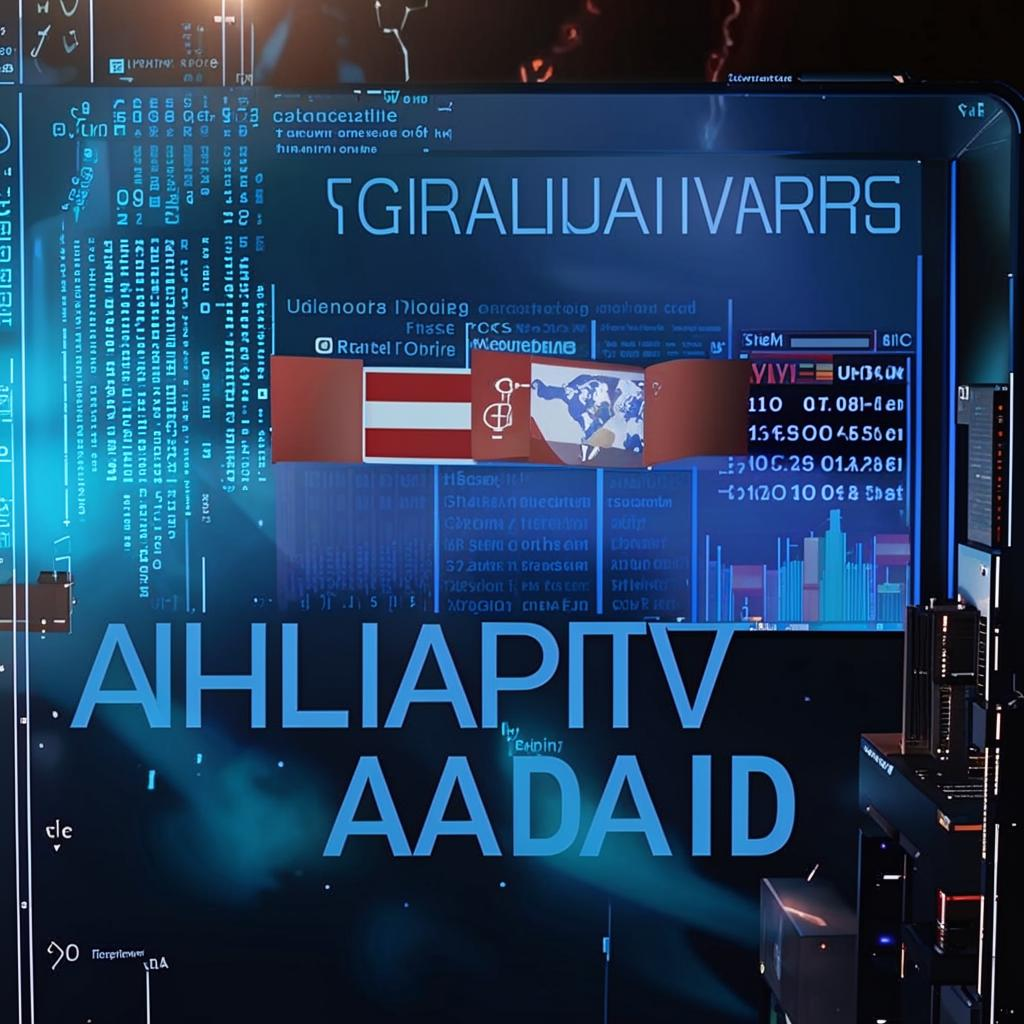Legislation aims to restore patent eligibility for software and genetic code. Two bills in Congress are generating significant debate regarding the future of intellectual property protection in the United States. These bills seek to overturn Supreme Court rulings that have narrowed the scope of patentable subject matter, particularly impacting software and genetic code.
The proposed legislation, driven by concerns that current patent law stifles innovation and investment in key sectors, aims to clarify and broaden what is considered eligible for patent protection. Supporters argue that the existing legal framework, shaped by court decisions like Mayo v. Prometheus and Alice Corp. v. CLS Bank , has created uncertainty and discouraged innovation in areas like personalized medicine, artificial intelligence, and biotechnology.
Specifically, the bills propose to eliminate the “abstract idea” and “natural phenomenon” exceptions that have been used to invalidate patents on software algorithms and genetic sequences. The goal is to provide greater certainty for inventors and investors, encouraging them to pursue research and development in these crucial fields.
Opponents of the legislation express concerns that broadening patent eligibility could lead to a surge in frivolous patents, hindering innovation and competition. They argue that allowing patents on fundamental building blocks of nature or abstract mathematical concepts could stifle further research and create barriers to entry for new companies. They suggest that the current system, while imperfect, strikes a reasonable balance between incentivizing innovation and promoting access to knowledge.
The debate surrounding these bills highlights the complex interplay between patent law, technological innovation, and economic competitiveness. As Congress considers these proposals, it must weigh the potential benefits of restoring patent eligibility for software and genetic code against the risks of stifling innovation and competition. The outcome will have significant implications for the future of these rapidly evolving fields.












